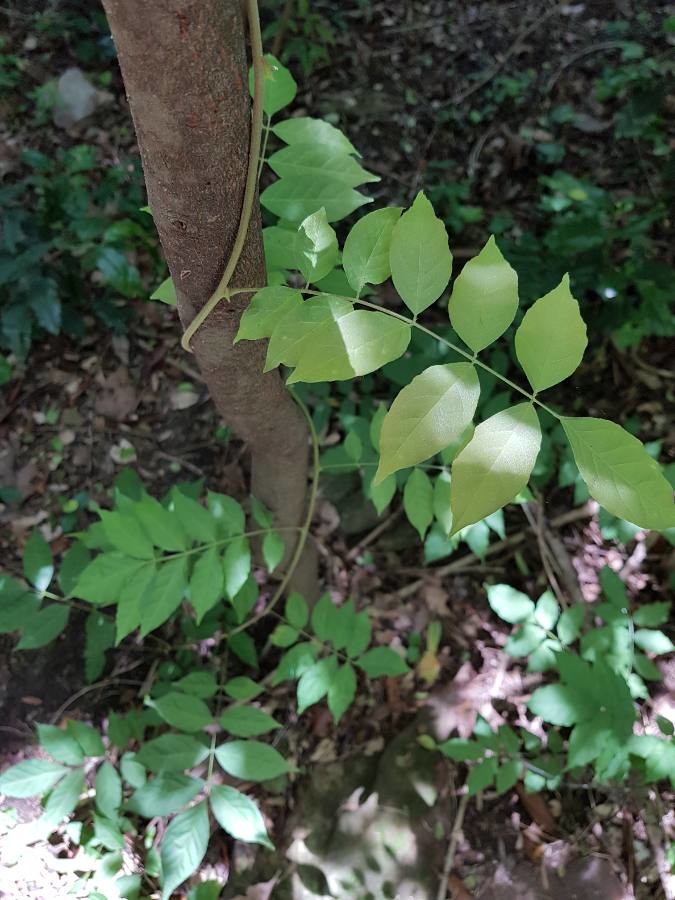|
Wisteria Frutescens
''Wisteria frutescens'', commonly known as American wisteria, is a woody, deciduous, perennial climbing vine, one of various wisterias of the family Fabaceae. It is native to the wet forests and stream banks of the southeastern United States, with a range stretching from the states of Virginia to Texas (Northeast Texas Piney Woods) and extending southeast through Florida, also north to Iowa, Michigan, and New York. Taxonomy Carl Linnaeus described ''Wisteria frutescens''. Kentucky wisteria, ''Wisteria frutescens'' var. ''macrostachya'' is a distinctive variety found in the southeastern United States, including its namesake state of Kentucky. It has been classified as a separate species, ''Wisteria macrostachya'' (Torr. & A. Gray) Nutt. ex B. L. Rob. & Fernald. Description American wisteria can grow up to 15 m long over many supports via powerful counterclockwise-twining stems. It produces dense clusters of blue-purple, two-lipped, flowers wide on racemes long in late sprin ... [...More Info...] [...Related Items...] OR: [Wikipedia] [Google] [Baidu] |
Carl Linnaeus
Carl Linnaeus (; 23 May 1707 – 10 January 1778), also known after his ennoblement in 1761 as Carl von Linné Blunt (2004), p. 171. (), was a Swedish botanist, zoologist, taxonomist, and physician who formalised binomial nomenclature, the modern system of naming organisms. He is known as the "father of modern taxonomy". Many of his writings were in Latin; his name is rendered in Latin as and, after his 1761 ennoblement, as . Linnaeus was born in Råshult, the countryside of Småland, in southern Sweden. He received most of his higher education at Uppsala University and began giving lectures in botany there in 1730. He lived abroad between 1735 and 1738, where he studied and also published the first edition of his ' in the Netherlands. He then returned to Sweden where he became professor of medicine and botany at Uppsala. In the 1740s, he was sent on several journeys through Sweden to find and classify plants and animals. In the 1750s and 1760s, he continued to collect an ... [...More Info...] [...Related Items...] OR: [Wikipedia] [Google] [Baidu] |
Perennial Plant
A perennial plant or simply perennial is a plant that lives more than two years. The term ('' per-'' + '' -ennial'', "through the years") is often used to differentiate a plant from shorter-lived annuals and biennials. The term is also widely used to distinguish plants with little or no woody growth (secondary growth in girth) from trees and shrubs, which are also technically perennials. Perennialsespecially small flowering plantsthat grow and bloom over the spring and summer, die back every autumn and winter, and then return in the spring from their rootstock or other overwintering structure, are known as herbaceous perennials. However, depending on the rigours of local climate (temperature, moisture, organic content in the soil, microorganisms), a plant that is a perennial in its native habitat, or in a milder garden, may be treated by a gardener as an annual and planted out every year, from seed, from cuttings, or from divisions. Tomato vines, for example, live several y ... [...More Info...] [...Related Items...] OR: [Wikipedia] [Google] [Baidu] |
Spring (season)
Spring, also known as springtime, is one of the four temperate seasons, succeeding winter and preceding summer. There are various technical definitions of spring, but local usage of the term varies according to local climate, cultures and customs. When it is spring in the Northern Hemisphere, it is autumn in the Southern Hemisphere and vice versa. At the spring (or vernal) equinox, days and nights are approximately twelve hours long, with daytime length increasing and nighttime length decreasing as the season progresses until the Summer Solstice in June (Northern Hemisphere) and December (Southern Hemisphere). Spring and "springtime" refer to the season, and also to ideas of rebirth, rejuvenation, renewal, resurrection and regrowth. Subtropical and tropical areas have climates better described in terms of other seasons, e.g. dry or wet, monsoonal or cyclonic. Cultures may have local names for seasons which have little equivalence to the terms originating in Europe. Meteoro ... [...More Info...] [...Related Items...] OR: [Wikipedia] [Google] [Baidu] |
Racemes
A raceme ( or ) or racemoid is an unbranched, indeterminate type of inflorescence bearing flowers having short floral stalks along the shoots that bear the flowers. The oldest flowers grow close to the base and new flowers are produced as the shoot grows in height, with no predetermined growth limit. Examples of racemes occur on mustard (genus ''Brassica'') and radish (genus ''Raphanus'') plants. Definition A ''raceme'' or ''racemoid'' is an unbranched, indeterminate type of inflorescence bearing pedicellate flowers (flowers having short floral stalks called ''pedicels'') along its axis. In botany, an ''axis'' means a shoot, in this case one bearing the flowers. In indeterminate inflorescence-like racemes, the oldest flowers grow close to the base and new flowers are produced as the shoot grows in height, with no predetermined growth limit. A plant that flowers on a showy raceme may have this reflected in its scientific name, e.g. the species ''Cimicifuga racemosa''. A compou ... [...More Info...] [...Related Items...] OR: [Wikipedia] [Google] [Baidu] |




